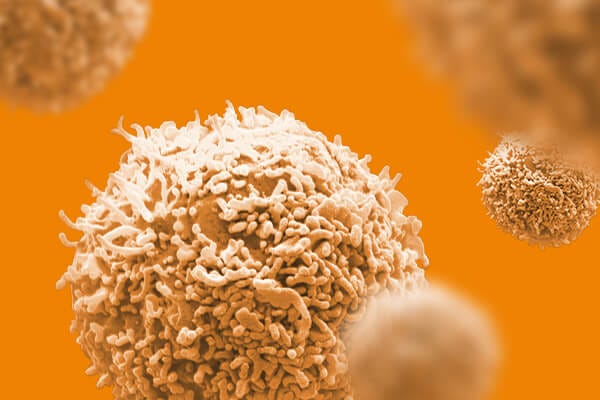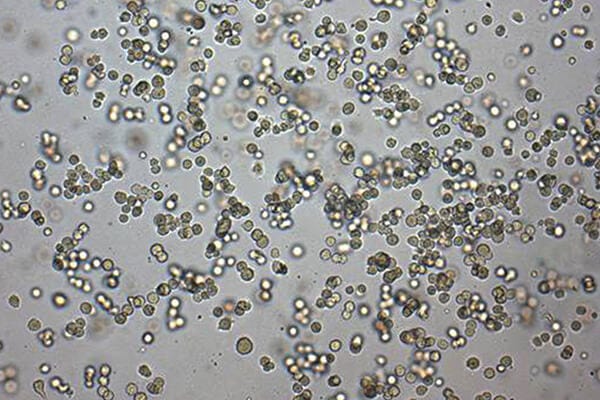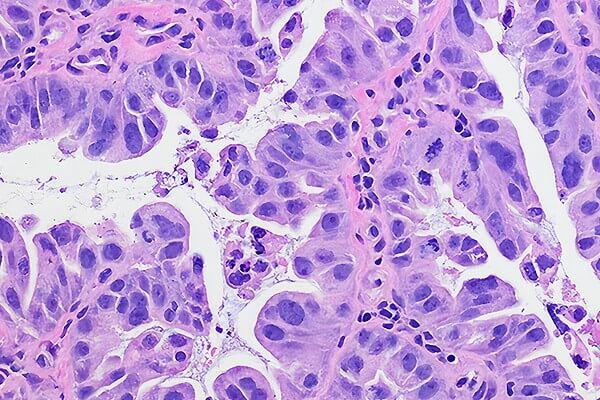Scientific Resources
-
 文献Jackson TC et al. (FEB 2018) Experimental Neurology 300 232--246
文献Jackson TC et al. (FEB 2018) Experimental Neurology 300 232--246BrainPhys increases neurofilament levels in CNS cultures, and facilitates investigation of axonal damage after a mechanical stretch-injury in vitro
Neurobasal®/B27 is a gold standard culture media used to study primary neurons in vitro. An alternative media (BrainPhys®/SM1) was recently developed which robustly enhances neuronal activity vs. Neurobasal® or DMEM. To the best of our knowledge BrainPhys® has not been explored in the setting of neuronal injury. Here we characterized the utility of BrainPhys® in a model of in vitro mechanical-stretch injury. METHODS/RESULTSPrimary rat cortical neurons were maintained in classic Neurobasal®,or sequentially maintained in Neurocult® followed by BrainPhys® (hereafter simply referred to as BrainPhys® maintained neurons?). The levels of axonal markers and proteins involved in neurotransmission were compared on day in vitro 10 (DIV10). BrainPhys® maintained neurons had higher levels of GluN2B,GluR1,Neurofilament light/heavy chain (NF-L & NF-H),and protein phosphatase 2 A (PP2A) vs. neurons in Neurobasal®. Mechanical stretch-injury (50ms/54% biaxial stretch) to BrainPhys® maintained neurons modestly (albeit significantly) increased 24h lactate dehydrogenase (LDH) levels but markedly decreased axonal NF-L levels post-injury vs. uninjured controls or neurons given a milder 38% stretch-injury. Furthermore,two 54% stretch-injuries (in tandem) exacerbated 24h LDH release,increased α-spectrin breakdown products (SBDPs),and decreased Tau levels. Also,BrainPhys® maintained cultures had decreased markers of cell damage 24h after a single 54% stretch-injury vs. neurons in Neurobasal®. Finally,we tested the hypothesis that lentivirus mediated overexpression of the pro-death protein RBM5 exacerbates neuronal and/or axonal injury in primary CNS cultures. RBM5 overexpression vs. empty-vector controls increased 24h LDH release,and SBDP levels,after a single 54% stretch-injury but did not affect NF-L levels or Tau. CONCLUSIONBrainPhys® is a promising new reagent which facilities the investigation of molecular targets involved in axonal and/or neuronal injury in vitro. View Publication -
 文献Xu X et al. (MAR 2017) Stem Cell Reports 8 3 619--633
文献Xu X et al. (MAR 2017) Stem Cell Reports 8 3 619--633Reversal of Phenotypic Abnormalities by CRISPR/Cas9-Mediated Gene Correction in Huntington Disease Patient-Derived Induced Pluripotent Stem Cells
Huntington disease (HD) is a dominant neurodegenerative disorder caused by a CAG repeat expansion in HTT. Here we report correction of HD human induced pluripotent stem cells (hiPSCs) using a CRISPR-Cas9 and piggyBac transposon-based approach. We show that both HD and corrected isogenic hiPSCs can be differentiated into excitable,synaptically active forebrain neurons. We further demonstrate that phenotypic abnormalities in HD hiPSC-derived neural cells,including impaired neural rosette formation,increased susceptibility to growth factor withdrawal,and deficits in mitochondrial respiration,are rescued in isogenic controls. Importantly,using genome-wide expression analysis,we show that a number of apparent gene expression differences detected between HD and non-related healthy control lines are absent between HD and corrected lines,suggesting that these differences are likely related to genetic background rather than HD-specific effects. Our study demonstrates correction of HD hiPSCs and associated phenotypic abnormalities,and the importance of isogenic controls for disease modeling using hiPSCs. View Publication -
 文献Belle K et al. (JAN 2017) Neuroscience letters 637 201--206
文献Belle K et al. (JAN 2017) Neuroscience letters 637 201--206Generation of disease-specific autopsy-confirmed iPSCs lines from postmortem isolated Peripheral Blood Mononuclear Cells
Understanding the molecular mechanisms that underlie neurodegenerative disorders has been hampered by a lack of readily available model systems that replicate the complexity of the human disease. Recent advances in stem cell technology have facilitated the derivation of patient-specific stem cells from a variety of differentiated cell types. These induced pluripotent stem cells (iPSCs) are attractive disease models since they can be grown and differentiated to produce large numbers of disease-relevant cell types. However,most iPSC lines are derived in advance of,and without the benefit of,neuropathological confirmation of the donor - the gold standard for many disease classifications and measurement of disease severity. While others have reported the generation of autopsy-confirmed iPSC lines from patient explants,these methods require outgrowth of cadaver tissue,which require additional time and is often only successul 50% of the time. Here we report the rapid generation of autopsy-confirmed iPSC lines from peripheral blood mononuclear cells (PBMCs) drawn postmortem. Since this approach doesn't require the propagation of previously frozen cadaver tissue,iPSC can be rapidly and efficiently produced from patients with autopsy-confirmed pathology. These matched iPSC-derived patient-specific neurons and postmortem brain tissue will support studies of specific mechanisms that drive the pathogenesis of neurodegenerative diseases. View Publication -
 文献Robinson M et al. (AUG 2016) Stem Cell Reviews and Reports 12 4 476--483
文献Robinson M et al. (AUG 2016) Stem Cell Reviews and Reports 12 4 476--483Functionalizing Ascl1 with Novel Intracellular Protein Delivery Technology for Promoting Neuronal Differentiation of Human Induced Pluripotent Stem Cells
Pluripotent stem cells can become any cell type found in the body. Accordingly,one of the major challenges when working with pluripotent stem cells is producing a highly homogenous population of differentiated cells,which can then be used for downstream applications such as cell therapies or drug screening. The transcription factor Ascl1 plays a key role in neural development and previous work has shown that Ascl1 overexpression using viral vectors can reprogram fibroblasts directly into neurons. Here we report on how a recombinant version of the Ascl1 protein functionalized with intracellular protein delivery technology (Ascl1-IPTD) can be used to rapidly differentiate human induced pluripotent stem cells (hiPSCs) into neurons. We first evaluated a range of Ascl1-IPTD concentrations to determine the most effective amount for generating neurons from hiPSCs cultured in serum free media. Next,we looked at the frequency of Ascl1-IPTD supplementation in the media on differentiation and found that one time supplementation is sufficient enough to trigger the neural differentiation process. Ascl1-IPTD was efficiently taken up by the hiPSCs and enabled rapid differentiation into TUJ1-positive and NeuN-positive populations with neuronal morphology after 8 days. After 12 days of culture,hiPSC-derived neurons produced by Ascl1-IPTD treatment exhibited greater neurite length and higher numbers of branch points compared to neurons derived using a standard neural progenitor differentiation protocol. This work validates Ascl1-IPTD as a powerful tool for engineering neural tissue from pluripotent stem cells. View Publication -
 文献Er JC et al. (FEB 2015) Angewandte Chemie - International Edition 54 8 2442--2446
文献Er JC et al. (FEB 2015) Angewandte Chemie - International Edition 54 8 2442--2446Neuo: A fluorescent chemical probe for live neuron labeling
To address existing limitations in live neuron imaging,we have developed NeuO,a novel cell-permeable fluorescent probe with an unprecedented ability to label and image live neurons selectively over other cells in the brain. NeuO enables robust live neuron imaging and isolation in vivo and in vitro across species; its versatility and ease of use sets the basis for its development in a myriad of neuronal targeting applications. View Publication
过滤器
筛选结果
类别
- Product Information
Show More
Show Less
产品系列
- BrainPhys 7 项目
- NeuroCult 1 项目
- NeuroFluor 1 项目
- STEMdiff 11 项目
- TeSR 1 项目
Show More
Show Less
细胞类型
- B 细胞 182 项目
- Cardiomyocytes 21 项目
- CD4+ 121 项目
- CD8+ 92 项目
- CHO细胞 3 项目
- Endoderm 18 项目
- Endothelial Cells 12 项目
- Epithelial Cells 29 项目
- HEK-293细胞(人胚肾293细胞) 1 项目
- Hematopoietic Cells 22 项目
- Hepatic Cells 13 项目
- HUVEC细胞(人脐静脉内皮细胞) 1 项目
- Mesenchymal Cells 18 项目
- Mesoderm 18 项目
- Neural Cells 89 项目
- NK 细胞 121 项目
- Other Subsets 21 项目
- PSC-Derived 128 项目
- PSC衍生 27 项目
- Regulatory 34 项目
- T Cells 102 项目
- T 细胞 352 项目
- 上皮细胞 106 项目
- 中胚层 1 项目
- 乳腺细胞 74 项目
- 先天性淋巴细胞 23 项目
- 全血 6 项目
- 内皮细胞 8 项目
- 内皮集落形成细胞(ECFCs) 3 项目
- 前列腺细胞 8 项目
- 单核细胞 142 项目
- 多巴胺能神经元 3 项目
- 多能干细胞 1859 项目
- 小胶质细胞 3 项目
- 巨噬细胞 25 项目
- 巨核细胞 8 项目
- 心肌细胞 15 项目
- 成骨细胞 6 项目
- 星形胶质细胞 2 项目
- 杂交瘤细胞 83 项目
- 树突状细胞(DCs) 91 项目
- 气道细胞 73 项目
- 淋巴细胞 33 项目
- 癌细胞及细胞系 130 项目
- 白细胞单采样本 12 项目
- 白血病/淋巴瘤细胞 14 项目
- 真皮细胞 2 项目
- 神经元 165 项目
- 神经干/祖细胞 420 项目
- 神经细胞 6 项目
- 粒细胞及其亚群 76 项目
- 红系细胞 9 项目
- 肌源干/祖细胞 9 项目
- 肝细胞 25 项目
- 肠道细胞 61 项目
- 肾细胞 3 项目
- 肾脏细胞 4 项目
- 肿瘤细胞 11 项目
- 胰腺细胞 12 项目
- 脂肪细胞 6 项目
- 脑肿瘤干细胞 87 项目
- 血小板 4 项目
- 血浆 16 项目
- 血管生成细胞 2 项目
- 调节性细胞 9 项目
- 软骨细胞 7 项目
- 造血干/祖细胞 874 项目
- 间充质基质细胞 13 项目
- 间充质干/祖细胞 156 项目
- 间充质细胞 1 项目
- 骨髓基质细胞 2 项目
- 骨髓瘤细胞 4 项目
- 髓系细胞 116 项目
- 鼠胚胎成纤维细胞 1 项目
- 白细胞 9 项目
- 其它细胞系 5 项目
- 红细胞 10 项目
Show More
Show Less
研究领域
- 神经科学 17 项目
Show More
Show Less


 EasySep™小鼠TIL(CD45)正选试剂盒
EasySep™小鼠TIL(CD45)正选试剂盒





 沪公网安备31010102008431号
沪公网安备31010102008431号